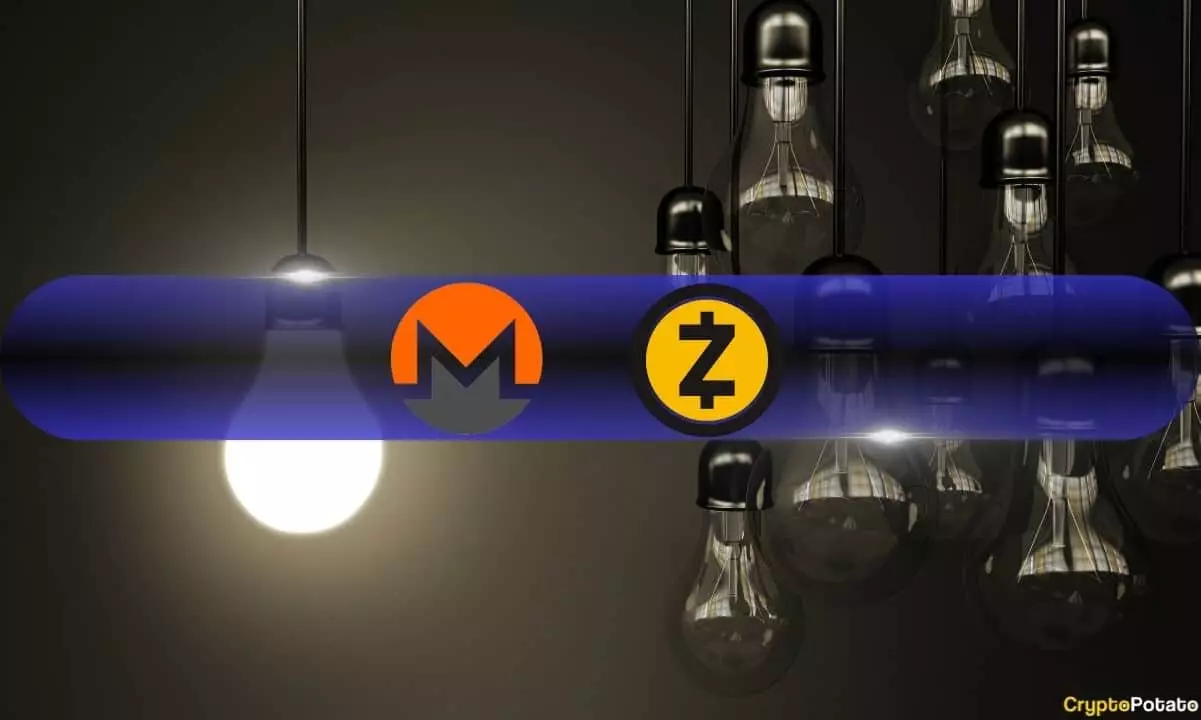A recent report by Kaiko has revealed that the liquidity for privacy tokens has plummeted to an all-time low of just $5 million. This sharp decline can be attributed to the delisting of several trading pairs by OKX due to not meeting certain criteria. Among the tokens most affected by regulatory pressures are Monero (XMR) and Zcash (ZEC), which are now on the verge of being delisted from platforms like Binance due to their low liquidity.
Despite the overall market turmoil, the end of 2023 saw some notable developments. During the recent sell-off, the trade volume on Korean exchanges reached a multi-year high. Additionally, Bitcoin’s market share rose to 32%, a level not seen since 2020. This rise occurred amidst a general decline in altcoin trading volumes. These changes in trading dynamics are particularly of significance considering the increasing regulatory efforts in South Korea, such as proposed rules for crypto exchanges and a ban on crypto purchases with credit cards.
The market for SOL (Solana) has experienced positive trends. At times, SOL’s trading volume even surpassed the combined volume of Bitcoin and Ether on various exchanges, which is a rare occurrence in the crypto world. This surge in SOL’s market share, particularly against Ether, indicates a shifting landscape in the altcoin domain.
Despite being listed on several centralized exchanges, PYUSD has had a slow start in the crypto trading sphere. Its trading volume remains significantly low compared to established stablecoins like Tether (USDT).
January 10 marks a pivotal moment in the cryptocurrency world, as the SEC is set to decide on Ark’s spot Bitcoin ETF. Regardless of the outcome, the market is bracing for more volatility. This anticipation comes after Bitcoin ended the week on a positive note following a price crash that led to hundreds of millions in liquidations. While initially attributed to an analyst’s speculation about the spot Bitcoin ETF decision, further reports indicate deeper underlying issues.
Prior to the crash, market indicators such as price slippage signaled trouble. Slippage rates on major exchanges like Binance, Coinbase, and Kraken rose above 0.02% on January 2, indicating deteriorating liquidity even as Bitcoin prices hovered around $45,000. Futures markets also indicated an overheated market, with Bitcoin perpetual futures open interest in USD hitting a peak of $10 billion in early December, the highest since November 2021. This spike in open interest pointed to increased leverage in the market. Moreover, high volumes in options markets, particularly Bitcoin options on Deribit, highlighted traders’ anticipation of volatility in light of the spot ETF decision.
The liquidity for privacy tokens has reached an all-time low, mainly due to delistings and regulatory pressures. While the market witnessed some positive developments at the end of 2023, such as the rise of SOL and increased trade volume on Korean exchanges, other tokens like PYUSD struggled to gain momentum. The upcoming decision on Ark’s spot Bitcoin ETF by the SEC is expected to bring more volatility to the market, which was already showing signs of trouble prior to the recent price crash. Overall, the cryptocurrency market continues to face challenges, and investors need to stay vigilant in navigating these turbulent times.


Leave a Reply